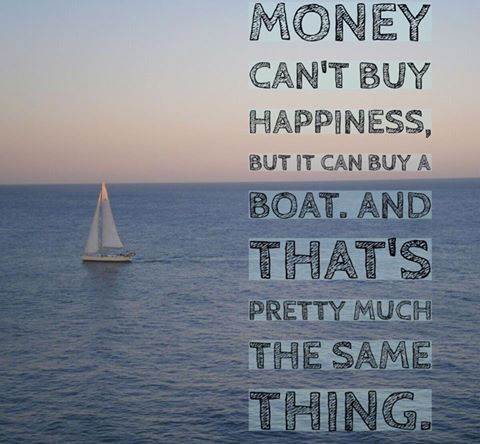Sailing Vessel Selene

Selene Key Statistics
DOCUMENTED VESSEL
Pearson 323
Purchased: 3/29/10
Hull/sail#: 212
Sailplan
Full Equipment List
Previous Owners
STATS
| Length Overall | 33’11” (est; including anchor platform) |
| Length on Deck | 32’3" (9.83m) |
| D.W.L | 27’6" (8.38m) |
| Beam | 10’2 ¾" (3.12m) |
| Draft | 4’5" (1.35m) |
| Displacement | 12,800 lbs. (5806 kgs) |
| Ballast | 4,500 lbs. (2,041 kgs) |
| Sail Area | 478 sq. ft. (44.4m squared) |
| Main | 194 sq. ft. |
| Fore | 283 sq. ft. |
| Mast Height above D.W.L | 45’4" (13.8m) |
| Cockpit Length | 8’0" (2.45m) |
| Hull Speed (Theoretical) | 7.0 knots |
TANKAGE
Water: 38 gallons (port and starboard main salon, 19 gallons each)
Waste: 19 gallons
Fuel: 29 gallons (diesel)
ANCHORS
8lb Danforth +rode
22 lb Bruce + rode
35lb CQR
STEAMING RANGE
Engine: Westerbeke 30B Three
Steaming time: Estimated 58 hours @ 2500 RPM
Range in moderate seas: ~300 nm
Range in heavy seas: ~200 nm
USEFUL DESIGN RATIOS
| SA/D < 18 | 14.0 |
| Comfort: MCR > 20 | 30.6 |
| Safety: CSF < 2 | 1.76 |
| Speed: D/L (200-300) | 275 |
| Displacement (tons) | 5.7 |
| Displacement (cuFt) | 200.0 |
| BR | 35% |
| L/B | 3.15 |
| LWL/B | 2.68 |
| OR | 15% |
| M/F | 0.41 |
Notes on Design Ratios
SA/D
Sail Area to Displacement Ratio. SAD = SA / (Displacement in lbs./ 64)2/3. This single number combines the influence of sail area with the overall weight of the boat. Essentially, it is a power to weight ratio; a higher number indicates better light air performance, while a lower number suggests that more wind will be required to bring the boat to hull speed and optimum performance. Yacht designer Ted Brewer's web site suggests that ratios of about 14 are at the low end for a true sailboat while ratios from 14-17 are representative of ocean cruisers. Coastal cruisers generally have ratios between 16 and 18. Ultra light displacement boats can have SADs of 30, 40 or more.
Motion Comfort Ratio (MCR)
This design parameter is attributed Ted Brewer. It combines displacement, overall length, water line length, and waterline beam into an empirical formula that yields an indicator of how a boat will respond to wave action. A low number is generally associated with light displacement and more noticeable acceleration; which results in a less comfortable ride as the boat moves through the water. A higher MCR suggests that the boat will transfer less direct motion to its occupants; resulting in improved comfort and therefore less crew fatigue. MCRs of above about 30 are associated with cruising boats, while ultra light displacement boats may have MCRs of less than 10.
Capsize Screening Formula (CSF)
The CSF owes its origins to the disastrous 1979 Fastnet race. This 600-mile race from the Isle of Wight, around the south-west coast of England to the Fastnet Rock on the southern tip of Ireland, and back to Plymouth saw a fleet of 303 starters reduced to only 85 boats that finished the race. Savage storms and seas of epic proportions provided deadly conditions for the racers; five boats sank, 19 were abandoned, 136 sailors were rescued and 15 perished.
The CSF was one positive outcome of this otherwise disastrous race. The Cruising Club of America developed the CSF after detailed analysis of race boat data. The CSF assigns a value to a boat's design derived from the beam dimension and its displacement. The CSF is an indicator of how readily a boat will right itself if capsized. Excessive beam is viewed poorly (since it will contribute to stability in the inverted, turtle position) and higher displacement is viewed favorably since it contributes to righting moment. A lower CSF indicates better righting moment than a higher value. Some race committees have limited participation only to boats with a CSF of two or less.
Displacement/Length Ratio
D/L = (Displacement in lbs. / 2240) / (0.01*LWL)3. This parameter assigns a dimensionless value to the ratio of displacement to waterline length, and is generally used as an indicator of hull speed potential. Ted Brewer's web site shows possible D/L values from 40 to 400 for various boat types, with a range of 250 to 300 for an average cruiser.